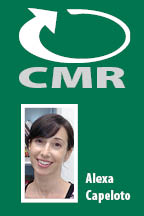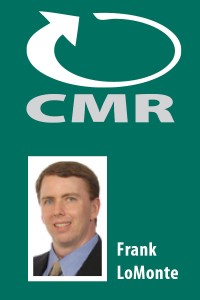Media phenomenon is both misunderstood and under theorized
By Holly-Katharine Johnson, M.F.A.
Professor of English and New Media
Mercer County Community College
Abstract: How does the viral media phenomenon add complexities to the obligations of student journalism and what demands does it place on student reporters and on college media advisers? To get at that question we must first establish a working definition of “viral article” as applied to online content, and then try to understand what kinds of articles go viral and why. Case studies will point up the benefits and the problematic outcomes of viral student reporting, allowing for a detailed analysis of the strategies college media advisers can use to assist students in anticipating and handling viral content.
“There is always an innate human urge to put something out there and see what people are going to make of it. We are doing exactly the same thing as the guys who were painting on caves.”
-Lee Clow from Art & Copy
Continue reading “Contagion: Viral Articles in Student Media”









